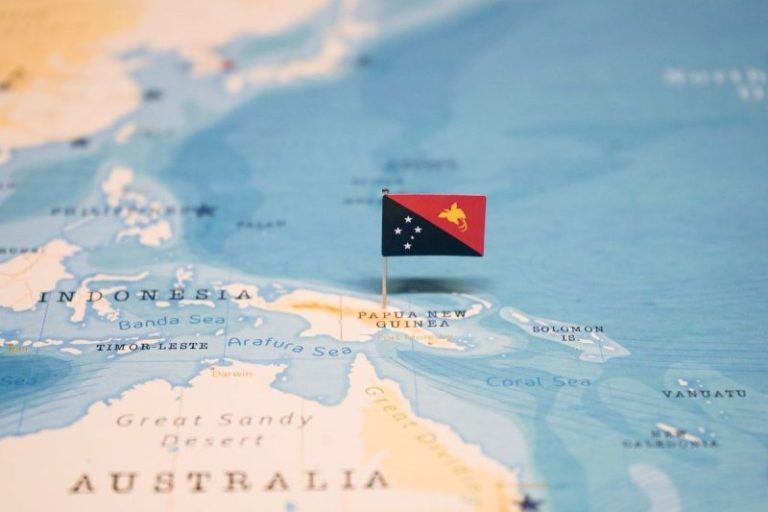The recent tribal conflict near the Porgera gold mine has left at least 30 people dead, highlighting the ongoing challenges faced by communities living in the vicinity of mining operations. The violence erupted between two tribal groups, the Ipili and Engan, over long-standing land disputes and grievances related to the benefits and impacts of the mining activities in the region. This tragic incident sheds light on the complex interplay of social, economic, and environmental factors that often accompany large-scale extractive projects in resource-rich areas.
One of the key issues fueling the conflict is the question of land ownership and usage rights. Indigenous communities in Papua New Guinea have deep connections to their ancestral lands, which are often rich in natural resources essential for their livelihoods. However, the presence of mining companies introduces a new dynamic, as these firms typically hold legal rights to exploit the resources found in the land. This can lead to tensions as local communities demand a greater share of the benefits derived from mining activities and a say in how their lands are used.
In the case of the Porgera gold mine, operated by Barrick Gold Corporation, the project has been a major source of revenue for the Papua New Guinean government and a significant employer in the region. However, the benefits have not been distributed equitably, with local communities often feeling marginalized and excluded from decision-making processes. This lack of meaningful engagement and consultation can exacerbate existing social tensions and grievances, ultimately leading to outbreaks of violence such as the recent conflict.
Environmental concerns also play a role in shaping the dynamics of the conflict. Mining operations can have significant impacts on ecosystems and water sources, leading to disruptions in traditional livelihood activities such as hunting, fishing, and agriculture. In the case of the Porgera mine, there have been reports of pollution and environmental damage, further straining relations between the local communities and the company. Addressing these environmental concerns and ensuring sustainable practices are essential to building trust and fostering peaceful coexistence in the region.
To prevent future conflicts and promote sustainable development in mining-affected communities, a multi-faceted approach is needed. This includes robust mechanisms for consultation and engagement with local stakeholders, transparent revenue-sharing agreements that prioritize community needs, and sustainable environmental management practices. It is also crucial for the government, mining companies, and indigenous communities to work together towards a shared vision of inclusive and responsible resource governance.
In conclusion, the tribal conflict near the Porgera gold mine underscores the complexities and challenges associated with extractive industries operating in indigenous territories. By addressing issues of land rights, equitable benefit-sharing, and environmental sustainability, stakeholders can seek to mitigate tensions and build a more inclusive and prosperous future for all involved. Only through dialogue, cooperation, and a commitment to social and environmental justice can lasting peace and development be achieved in mining-affected regions.



